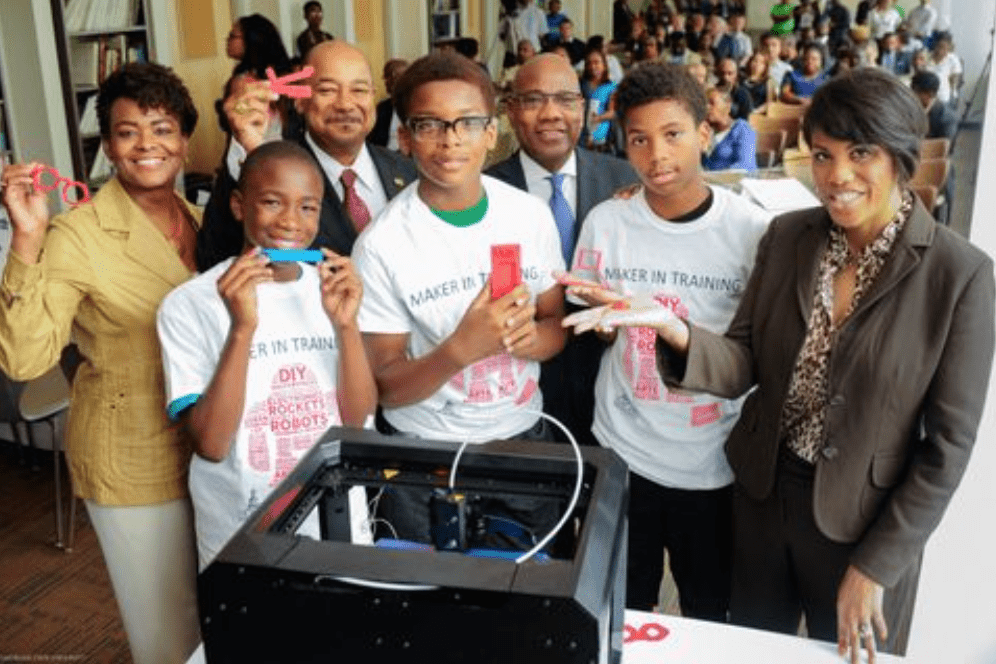What type of presents did you receive for the holidays? When your family came over did many of them ask you for the password to your Wi-Fi? How many of you or your loved ones received more than one gadget for the holidays?
Back in October Verizon released the results of one of their first surveys. The surveys examine the connected lifestyles we lead. (See 1st image). We learned a lot about who is using tech and how they’re using it lately.
According to Verizon:
“Borderless consumers are an important and rapidly growing segment, almost 40 percent of U.S. adults. These consumers use several devices and require connectivity, flexibility and choice whenever and wherever possible. They are defined as consumers who own a laptop or desktop, own a smartphone or tablet, have an Internet-enabled device at all times, are motivated to make technology and connectivity upgrades and are interested in the benefits of a connected home.”
As you can see technology and connectivity is important to the borderless consumer. Internet bills are one of the important utility bills to be paid. It’s no longer a luxury expense on the budget. Apps such as Dropbox give us access to our files at all times; but we need a mobile device to access the Dropbox app. The gadgets of the borderless consumer serve a purpose and are no longer just for entertainment purposes.
How did borderless consumers do during the holidays? (see the following image). It seems consumers are enjoying shopping from the comfort of their own home office. Check out how all consumers shopped for the holidays.
We are no longer restricted to one way of connecting. There was a time when we had to wait to use the home desktop PC. Now our TV’s are “Smart”. They receive and share data as well. Services such as Redbox Instant by Verizon are great for the borderless consumer. They can choose how to view their content; via DVD/Blu-Ray or streaming it.
Smartphones and tablets open up desktop-like webpages making online shopping easy on the go. Catalogue and phone shopping barely make the list as nearly only half of consumers shop in person. Times have surely changed?
Do you fall into the borderless consumer category? Where do you fall in with all the consumers?





